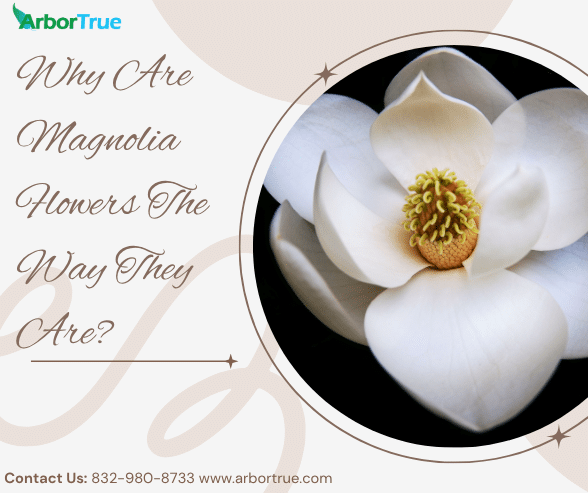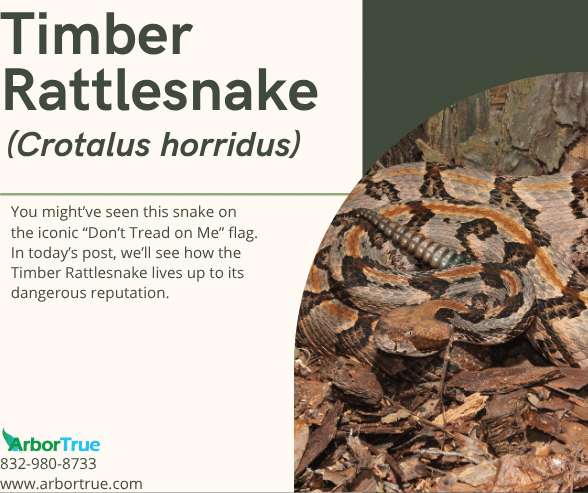
New Year’s Resolutions for Your Landscape and Trees
January 10, 2024
Mushroom Monday: Parasol Mushrooms
January 15, 2024
Blue Jays
If you look out your window, and up into trees, you might see more than a few birds. In today’s post, we take a look at one bird you might see, the blue jay (Cyanocitta cristata).
Appearance
Blue jays have a crest on their heads and have backs that are blue, faces and chests that are gray, and bellies that are white. They also have highlights of black.
Blue jays look blue, but their “blue” feathers are actually brown. The brown color comes from a pigment that is called melanin. The reason they look blue is that light scatters through feather cells giving a blue color that we see.
Blue jays are large and have tails that are rounded. They are not as big as crows but are bigger than robins. They are around ten to twelves inches in length and weigh two and a half to three and a half ounces. Their wingspan is around thirteen to seventeen inches.
Behavior
Blue jays can be loud and aggressive. They have many different calls and can mimic calls of other birds.
They make their nests in trees around eight to thirty feet up and both males and females build the cup-shaped nest, which is made of things like grass, twigs, weeds, and moss. They also can add decorations to their nests.
Blue jays generally stay with the same mate for their entire lives. They lay four to five eggs, but sometimes three to seven. Their eggs are greenish or yellowish brown, and both parents incubate them, which takes about two to three weeks. Both males and females provide food for their young, and young birds leave their nest around three weeks after hatching.
Blue jays forage on the ground as well as in shrubs and trees and commonly eat nuts.
Blue jays are intelligent, and their social structure is complex. They also have strong bonds in their families.
Blue jays migrate but details about it aren’t fully known. Younger birds might migrate more than mature birds and blue jays generally don’t migrate for great distances. A blue jay might migrate in a particular year and not migrate the next.
Habitat
There are around seventeen million blue jays in the world. They live in forests and forest edges with coniferous or mixed trees. They can also be found in suburban and urban environments where there are trees that have nuts, such as oaks.
They can generally be found in the center of the United States to the east, as well as in Canada. In lesser numbers, they can be found in the northwest of the U.S.
Call
Blue jays make lots of noise. A call you might hear sounds like a jeer and is short and high-pitched. They also make a variety of other sounds. Their sounds are loud and can travel great distances.
One characteristic of blue jays is that they can mimic other birds. One particular bird they mimic are hawks, in particular, the red-shouldered hawk. One reason they might mimic hawks is to let other blue jays know there could be a hawk nearby. They could also be making the sounds to trick other birds of different species into thinking a hawk could be near.
Diet
Blue jays are omnivores. They eat a variety of things including acorns, insects, and fruits, with most of what they eat coming from plants. They will also sometimes eat eggs of other birds as well as small animals. One of their favorite things to eat is acorns and they can be spotted in areas with oaks. They get the acorn nut out of its shell, by holding it with their feet, and using their beaks to break it open. They also store acorns and different nuts for the winter.




